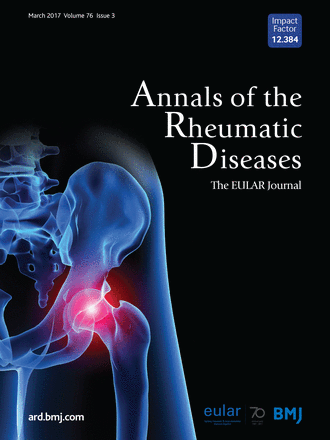
HA injections improve knee OA symptoms and may exert a 1-year carry-over effect

HA injections improve knee OA symptoms and may exert a 1-year carry-over effect
A 40-month multicentre, randomised placebo-controlled study to assess the efficacy and carry-over effect of repeated intra-articular injections of hyaluronic acid in knee osteoarthritis: the AMELIA project
Ann Rheum Dis. 2011 Nov;70(11):1957-62.Did you know you're eligible to earn 0.5 CME credits for reading this report? Click Here
Synopsis
306 patients were randomized to receive either intra-articular hyaluronic acid (HA) injections or placebo injections for the treatment of knee osteoarthritis. The purpose of this study was to compare the efficacy and safety of each treatment by investigating whether there is a difference in the number of patients displaying a clinical response to treatment in each group. It was found that a signif...
To view the full content, login to your account,
or start your 30-day FREE Trial today.
FREE TRIAL
LOGIN
Forgot Password?
Explore some of our unlocked ACE Reports below!

Learn about our AI Driven
High Impact Search Feature
Our AI driven High Impact metric calculates the impact an article will have by considering both the publishing journal and the content of the article itself. Built using the latest advances in natural language processing, OE High Impact predicts an article’s future number of citations better than impact factor alone.
Continue



 LOGIN
LOGIN

Join the Conversation
Please Login or Join to leave comments.